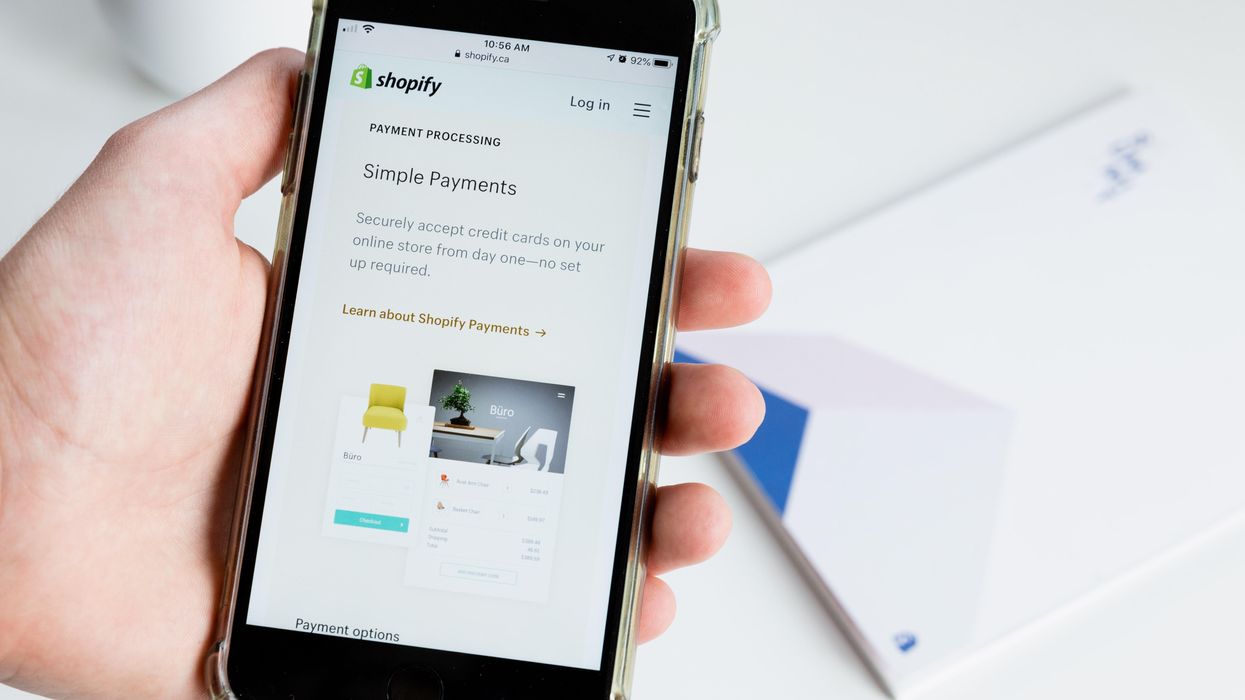Shifts in consumer demand with a return to in-person activities. Supply chain challenges. A dispersal of customer acquisition channels beyond Meta properties following iOS 14.5 changes. A downturn in venture funding. Rising inflation and souring consumer confidence.
They’re all challenges being faced throughout the ecommerce community, from brands to retailers to the firms that provide technology and services that help them sell and move goods.
In many cases, these factors are at least in part behind pullbacks happening at firms in each of these categories, and layoffs.
Yet in the ecommerce market as a whole, there are signs of stabilization. According to the latest MasterCard Spending Pulse report, ecommerce spending was up 11.7% year-over-year in July, marking the first double-digit sales growth of the category since December after slowing growth in the beginning of 2022. While this was undoubtedly boosted by Amazon Prime Day falling in July this year, Mastercard noted that spending began to tick up in June.
Each fresh report that forecasts the comings years in the space still sees growth, as well. Forrester recently joined the chorus projecting that US ecommerce sales will cross the $1 trillion mark in 2022. The firm further projects that online retail sales will reach $1.6 trillion by 2027, and grow at a 10% compound annual growth rate over the next five years. By 2030, ecommerce will account for 30% of retail as a whole.
“From 2022 onward, we expect online retail sales growth rates to settle back at pre-COVID levels,” Forrester states. “The fundamental growth drivers of online retail — lower prices, greater product selection, faster delivery, and increased transaction convenience — will continue.”
The contrast can be heard on earnings calls to recap the quarter ended June 30 from CEOs that run ecommerce-focused businesses.
Home goods and furniture marketplace Wayfair was among those facing down a dip in ecommerce demand following pandemic lockdown months that saw interest in home goods and the need for ordering online soar. It is also now facing headwinds in the macroeconomic environment. The company reported that active customers were down 23.4% year-over-year, and it had a net loss of $378 million. The results were worse than investors expected on many measures. Yet even as leaders of the Boston-based company laid out the challenges with consumer spending and inventory, CEO Niraj Shah sounded a note of optimism that “difficult periods like this that can serve as a springboard to become an even larger share of the market.” Even as it works to get back to profitability in the short-term, the business is testing its model with physical stores as it builds for the future.
“We've always said that we run this business for the long-term, and nothing about that has changed,” said Shah. “The size of our category remains tremendous. The field is fragmented, the structural march of shopping more online will continue and Wayfair is uniquely positioned to grow and consolidate share over many years to come.”
Longtime platforms in the space such as eBay and PayPal were equally steadfast. It helped that both posted results that beat the expectations of Wall Street.
At eBay, revenue for the second quarter was down 9% year-over-year to $2.4 billion, while gross merchandise volume fell 18% to $18.55 billion. Still, this was better than expected. eBay CEO Jamie Iannone cited efforts to boost luxury products, as well as “focus categories” such as refurbished items, sneakers, jewelry and trading cards where it has concentrated resources helped to lift it. The company is also eying long-term strategic opportunities through a new climate-controlled, secure facility to facilitate selling trading cards called The Vault, a foray into NFTs through the acquisition of KnownOrigin and early testing in live shopping with collectors. Growth in advertising through its marketplace of 2% year-over-year is also helping, even as it reports that its customers face down the same macro challenges as others.
“We believe we're definitely coming out of the pandemic much stronger than we came into it, and our strategy is working,” Iannone said.
Fintech company PayPal's role as a processor for many merchants and longevity gives it a unique position to observe the ebb and flow of an economic sector. After topping estimates with $6.8 billion in revenue that was up 9% year-over-year, its second quarter results continued to show signs of an uptick in ecommerce. The volume of Buy Now Pay Later transactions that the company processed was up 226% year-over-year in the quarter. It was a contrast with Klarna, another top BNPL vendor that saw its valuation slashed in a new funding round, and was forced to make layoffs. Meanwhile, PayPal is set to expand Venmo payments to Amazon, creating a new way its peer-to-peer service will have a role in online shopping.
CEO Dan Schulman said that while predictions on the growth of ecommerce for 2022 as a whole are still a bit “hazy,” the analysis he reviewed showed growth accelerating in the back half of the year.
Schulman gave voice to another dynamic currently playing out in ecommerce: While the sector continues to grow overall, the rate that the share of ecommerce is gaining in overall retail is now slower than both the actual trend line, and the predictions for the near future showed in the first months of the pandemic. But while growth has slowed, it remains along an overall trendline that continues to move up.
“We are along the traditional historic ecommerce penetration rates and I'd expect that to continue, but we'll see how that normalizes,” Schulman said, adding that PayPal will “continue to expect to grow significantly faster than the rate of ecommerce going forward.”
With the landscape changing underfoot amid continued signs of growth in the future, the shakeout leaves room to look ahead to what the next, and likely different phase of ecommerce will look like. That’s happening at Pinterest, where a team is at work building out new shopping capabilities following the hiring of former Google commerce chief Bill Ready as CEO, and the acquisition of AI-powered shopping platform The Yes in June.
“Having spent most of my career in commerce and payments, I recognize that there are many places to buy online, but there are very few online destinations where you can actually shop – that is, to browse and discover and get inspired before you buy,” Ready told analysts.
Pinterest leaders say they find themselves in the middle of several trends in ecommerce that appear poised to gain more importance as brands and retailers navigate beyond this immediate period of change.
“I think the first 20-plus years of ecommerce were really solving for buying more than shopping,” Reddy told analysts. “It was – I know what I want, how do I get it the cheapest and fastest? And as you've seen consumers shift their behavior through the course of the pandemic, I think you're now seeing that the majority of shopping sessions now start in a digital environment, regardless of whether they complete online or in a store.”
The trend line may remain the same for the future, but ecommerce will look different. If you're looking to the hints for how, look to the challenges being faced now, and how they're being solved.












